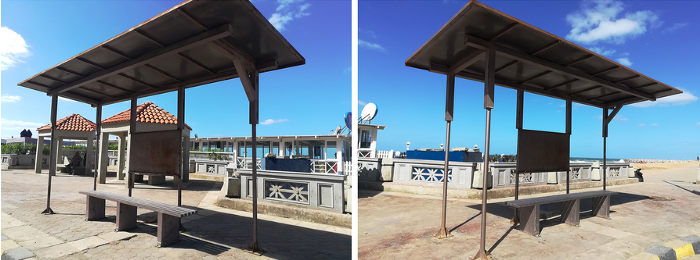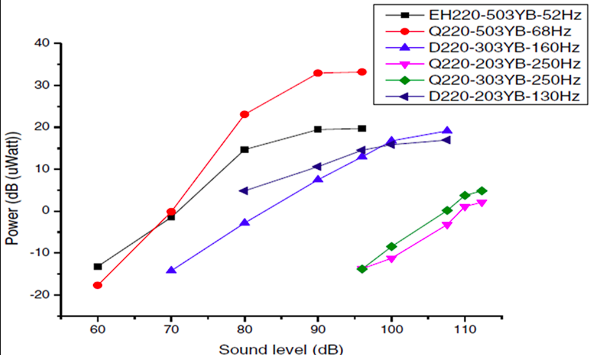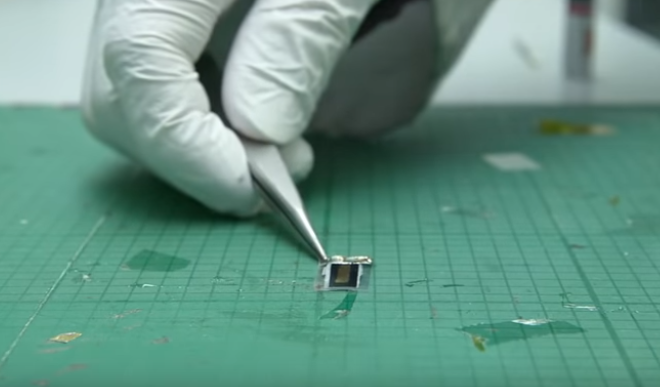Abstract
According to the Intergovernmental Panel on Climate Change (IPCC) the burning of coal, natural gas, and oil for electricity and heat is the largest single source of global greenhouse gas emissions. Electricity and heat production are responsible for 25% of the global greenhouse gas emission.
For more than a century, the world has been living in the ‘Age of Oil’. And the reason is simple: oil was considered an abundant and cheap source of energy.
However, resource depletion and climate change are now the main reasons to explore alternative energy sources. Governments, companies, and innovators have been experimenting with alternative energy sources and renewable electricity. Wind turbines, solar energy, hydrogen, biogas, and biofuel have been some of the options. Some of them may last and are growing, and some of them have been forgotten for their cost and/or their partial effectivity. In any case, alternative sources for harvesting energy is one of the main global challenges today.
Reverse engineering, R&D, and innovation are allowing us to discover new alternatives. In recent years, a new one seems to be emerging slowly but steadily: harvesting energy from the sound. Entrepreneurs, companies, young innovators, and universities are developing prototypes that can transform noise into electricity capable of powering bulbs.
Noise is a type of environmental pollution and is considered as one of the major challenges for a healthy lifestyle in big cities. Can technology and reverse engineering transform that issue into a new source of energy? Would it be possible for noise to power more than bulbs in the short term?
This Case Study is brought to you by Nelis’ 4REVS Research Program. Nelis is an NPO with an active and expanding network of young social innovators and leaders, sustainability practitioners, and creative minds from all continents (100+ countries) that enables us to provide experiential and on-the-ground knowledge. If you want to know more or be part of our network, please leave a comment! Or contact us in www.nelisglobal.org
Overall Description
Noise pollution
Noise pollution is a type of environmental pollution. In 2012, a study from the American Journal of Preventive Medicine showed that 11% of the population in Georgia was disturbed by traffic noise during the day and 4% at night. Living around noise can also affect a child’s developing brain because the auditory system is permanently open, even during sleep. Noise induction can increase the levels of cortisol and has a direct impact on blood pressure and the quality of sleep. Noise has a direct effect on human mental and physical health.
Some efforts are been taken to reduce the noise in big cities because living in them is becoming for many a struggle for the urban soundscape. In Tokyo, almost 5000 residents were awarded over $22 million after complaining about health issues due to living near a military base. During COVID-19´s lockdown, a large number of people are realizing that stress was related to the noise they were hearing from daily traffic and machinery.
Producing energy out of noise: how does it work?
However, even if many actions need to be taken to reduce noise pollution to secure healthy lifestyles, in some cases, especially in dense urban areas or places like airports and highways, noise can also represent a new way of harvesting energy by capturing it and transforming it into electricity.

Transforming noise into electricity works by reversing the principle in which speakers devices work. In a normal speaker device, electricity goes to an electric circuit that hits piezoelectric transducers, which then converts pressure into sound waves. Those waves of sound are directed into the sound source, a speaker, and that’s how we can hear the sounds that we put into those devices.
The reverse engineering of that process is when sound waves hit the sound source: the speaker, and then piezoelectric transducers, transforms those waves into electricity. This is the principle of the gadget that makes energy out of the noise.
Sound is measured by decibels (dB). In some countries, the permissible limit for noise depends on the type of area and of the hour. In some urban residential areas, for instance, from 6 to 10 pm the limit for noise intensity is 50dB. However, in areas with heavy traffic that number can go up to 90 dB. In a subway, 100dB are produced on average, and in a rock concert, the number can go up to 130 dB.

Today, some piezoelectric transducers are able to transform those decibels into energy or watts (W). One of the most effective piezoelectric transducers can transform 75dB into 10W, 80dB into 20W, and 90dB into more than 30W. Requiring on average just 73W, LED street lights could be easily powered by these gadgets.
Researches and studies to make electricity out of noise have been running since 2014. The first urban transducer skyscraper was designed in 2010. One of the first gadgets capable of transforming noise into energy was made in 2013 by the London School of Engineering and Materials Science of the Queen Mary London University (QMLU). And in 2019, a group of young entrepreneurs from the Philippines invented another one. Although they were aware that the concept was not new, no big company had taken the gadget to the market and there was no commercial infrastructure. Today, they sell a unit for less than $4.
Conclusion
Tackling noise pollution in big cities is something that all governments and sectors must do. Specific devices to transform noise into electricity are a solution for energy production, but will not eradicate the root of the problem: soundscapes in urban areas are affecting the health of people.
In the meantime, those gadgets could become an alternative to produce energy. There is still a long way until noisy trains, cars, trucks, machines, and airplanes reduce their sound levels. In some places such as restaurants, concerts, markets, or buildings, the sound levels are going to remain the same even with technological improvements. All of these examples represent the noisiest activities in the average city surroundings, and they can reach up to 120dB (more than double of the dB permitted in the majority of big cities) and way higher than the dB of a highway (approx. 90dB). Implementing ways to take advantage of a noisy restaurant, a concert, or construction, can be an interesting way to reduce the environmental footprint of regular activities.
Can technology and reverse engineering transform the issue of noise pollution into a new source of energy? Yes, prototypes and gadgets are showing positive results. Would it be possible for noise to power more than bulbs in the short term? “It is possible to make this device a basis of imminent technologies that will make a way of recycling noise pollution to be a secondary source of establishing a wide-scale electricity source”? According to Cesario Bacosa and Mia Ariane Baldovino, authors of Sound Energy: An Electric Source of Noise Pollution Based Power Bank, it is indeed.
Main features or highliths
- The World Health Organization (WHO) ranked noise pollution as the second amongst several environmental stressors for public health.
- The noise in a noisy restaurant can go up to 90 dB on average. That sound could be transformed into more than 30W.
- For public and private establishments, it is recommended to use this research to develop equipment that they can use to support their power consumption with the use of the sound they are producing.
Why is this Revolutionary?
- Today, some piezoelectric transducers can transform sound into energy or watts (W). One of the most effective piezoelectric transducers can transform 75dB into 10W, 80dB into 20W, and 90dB into more than 30W. Requiring on average just 73W, LED street lights could be easily powered by these devices.
- In areas with heavy traffic, 90 dB are produced on average. In a subway, 100dB, and a rock concert, the number can go up to 130 dB.
- In the case of a concert, or a restaurant, using the sound they are producing can be a way of recycling (or upcycling) their waste (noise pollution).
- A “free” resource such as urban noise could be used for street lighting.
- The noise could soon be used as a public power bank.
Concrete examples
Example 1
Research: Noise utilization as an approach for reducing energy consumption in street lighting

Yasser A. Farghaly, Fahd Abdel Aziz Hemeida, and Sahar Salah investigated noise utilization for street lightning at the University of Maryland Baltimore County (United States). Study available here.
Example 2
Young Inventors in the Philippines made a 4$ gadget that transforms noise into electricity
The young inventors — Kirsten Dianne Delmo, Nico Andrei Serrato, Joecile Faith Monana, Frelean Faith Engallado, and Raphael Francis Dequilla — who call themselves “Team Voltage 5”, said in a report that their concept isn’t new anymore but it has yet to be fully explored and applied.

Example 3
A functioning prototype made in the Queens Mary University of London

Professor Steve Dunn, Reader in Nanoscale Materials, is investigating new piezoelectric materials that could help with finding better ways to increase the electricity efficiency on the gadget.
Links and resources
STUDIES
ARTICLES
VIDEOS
Article by: Christopher Brosse, 4REVS researcher (and more)


